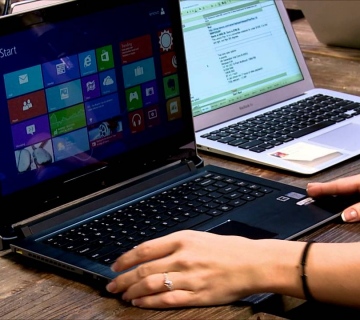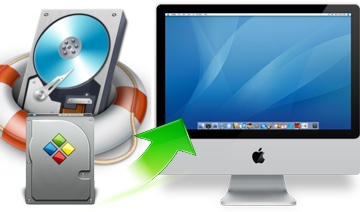Hospital IT concerns are carefully balanced on a scale of cost savings and patient responsibility. Often, these are opposing needs. The best in medical tech isn’t the cheapest. It’s a sad reality that much of what’s best for patients isn’t what’s best for keeping hospital doors open. And so, doctors and administrators have to weigh priorities and make tough decisions to balance budgets.
But occasionally something comes along that’s both cost-effective and great for patients. In today’s tech environment, that’s Virtual Desktop Infrastructure (VDI). This technology runs a desktop environment through any computer, tablet or smartphone with access to it.
Virtual Desktop Infrastructure is BYOD’s more responsible older sister. Instead of weighing hospital employee devices down with unnecessary apps and slow-moving programs, VDIs give employees a way to access information without having any native programs on their devices.

This alleviates employees’ concerns about privacy and hospitals’ concerns about security — all in one fell swoop. But, what can a VDI do in a hospital environment?
· Provide Access:
VDIs let every employee who may need to see a patient’s file view it wherever they may be. When they’re meeting with a patient, they can bring up their chart to reference the latest treatment plan. Prior to implementing a VDI, employees at Seattle Children’s Hospital had to boot up PCs in each room they went into, open up the correct program, find the file they needed and log back out to ensure no one accessed sensitive patient information. This process was time-consuming and inefficient. With virtual desktops, they can access their open files on machines across the hospital with little fuss. The Seattle Children’s Hospital estimated they saved up to 45 minutes a day from this switch.
· Provide Reliability:
When files are housed on a local machine and that machine needs repaired, patient care could suffer. Ideally, there’s a backup for every file, but that’s often not the reality. Even when files are still available, patient care rooms with no computers are practically useless. In VDI environments, doctors can use tablets to access files no matter where they are in the building, and regardless of whether each room has a functioning PC.
· Require Less Maintenance:
Hospital IT frequently has its hands full just maintaining in-room computer stations and mobile workstations. Each device needs to have updates installed, problems troubleshot and mistakes made by harried doctors fixed. Each station needs to be uniform so staff will know where programs and files are located, which means hours of work each week just recovering files and shortcuts. At Seattle, staff use zero clients, which have double the life expectancy of machines with native programs. These are easier to maintain as well, which frees up IT to focus on other projects.
In a field where there are few easy answers, desktop virtualization stands apart. It’s a clear choice both in cost savings and in quality of patient care. Patients get to spend more time talking to their doctors face-to-face instead of face-to-screen, and doctors are able to focus on more than getting logged in and out as quickly as possible. Whenever a doctor has more time to spend on a patient and it costs less money, it’s a win for everyone.




